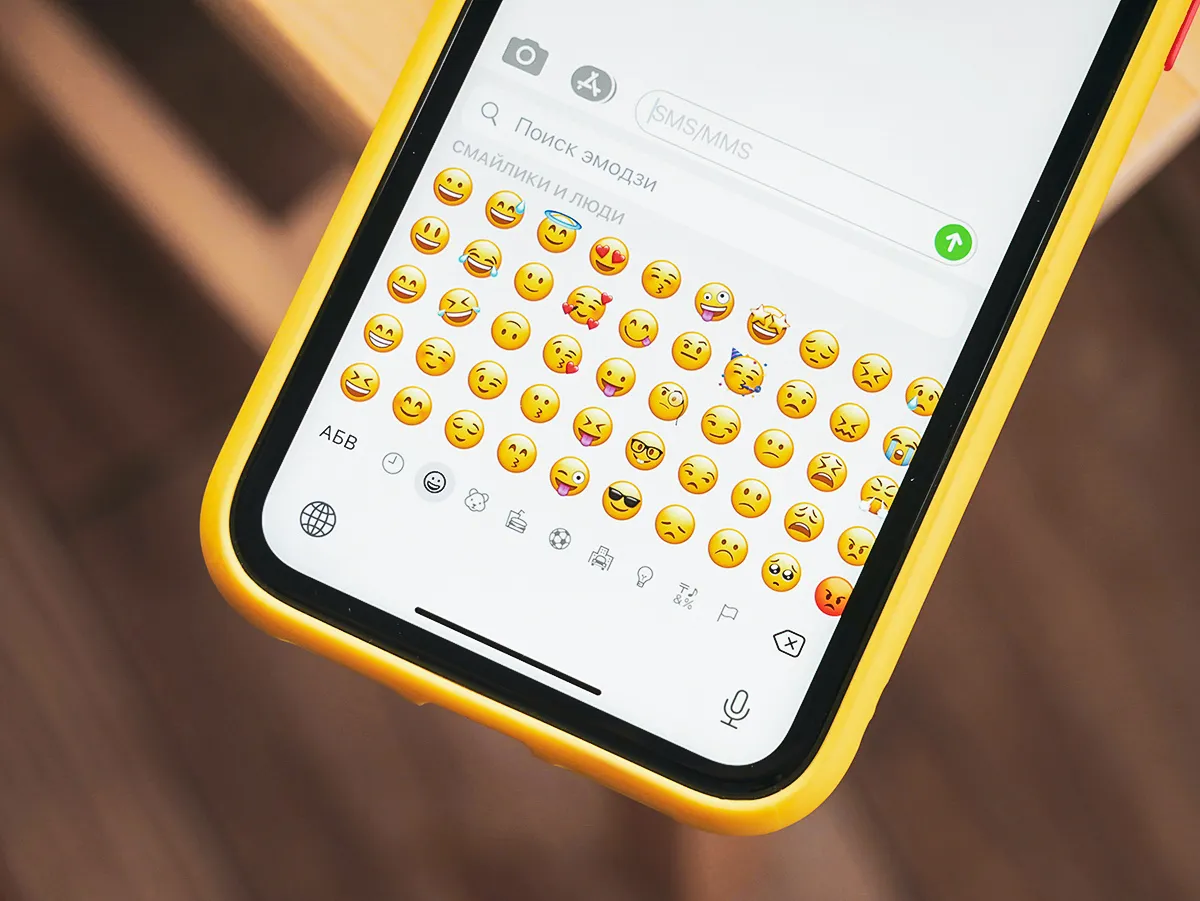
Emojis help with personalization and grabbing attention. And both of those are key when you’re communicating with customers, just like they are when you’re communicating with people in your personal life. They make a great addition to text messages, helping you show off your personality and develop genuine connections.
Read about these dos and don’ts of using emojis in business texting to professionally and naturally text prospective and current customers.
Do Use Obvious Emojis
To avoid a lot of confusion or worry, stick with basic emoji faces and gestures, like a thumbs up. Texting a customer isn’t the time to pull out your favorite obscure or weird emoji.
This is important because different phones may display emojis differently. Though there’s more uniformity now than there has been before, what looks like a big smile on one phone might be more like a grimace on another.
Remember also that some phones may not be able to display all emojis, which is why you should avoid the obscure ones.
Don’t Pick Random Emojis
As fun as the dancing lady emoji is, it’s not exactly relevant when you’re reminding someone of an appointment — that is, unless the appointment is for dancing lessons. But you get the point.
Don’t make people guess the association of an emoji to what you’re saying in the message. Using a bunch of random emojis won’t suddenly make them more interested in what you have to say.
This will also ensure you don’t use an emoji that’s started to take on other meanings.
Do Match Emojis to the Tone of Your Message
The reason you’re sending a text message matters. Light-hearted messages can easily have emojis. But it’s going to end up weird if you use the wrong emojis with a serious message.
Even though there are sad face emojis and crying emojis, that doesn’t mean they’re automatically appropriate for messages that deliver sad or disappointing news. Carefully consider your audience and the true purpose of the message before including those emojis.
Don’t Use More Than 1 or 2 in a Message
The more emojis you use won’t make your message any more enticing or “relatable.” Instead it will distract people from what you’re actually trying to say.
Similarly, avoid replacing a lot of words with their emoji counterparts. Just because there are emojis to represent the exact words you want to use doesn’t mean you should use them. You’re trying to send informative text messages to prospects and customers, not giving them puzzles or codes to solve.



